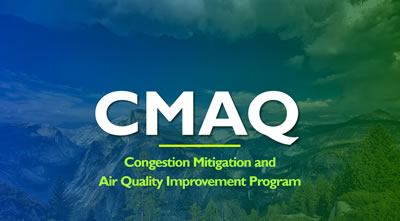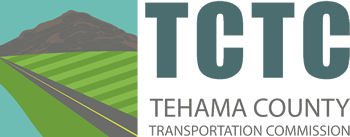Funding
 Local Transportation Funds (LTF)
Local Transportation Funds (LTF)
https://dot.ca.gov/programs/rail-and-mass-transportation/transportation-development-act
Local Transportation Fund (LTF), is derived from a ¼ cent of the general sales tax collected statewide. The State Board of Equalization, based on sales tax collected in each county, returns the general sales tax revenues to each county’s LTF. Each county then apportions the LTF funds within the county based on population.
State Transit Assistance (STA)
https://dot.ca.gov/programs/rail-and-mass-transportation/transportation-development-act
The STA funds are appropriated by the legislature to the State Controller’s Office (SCO). The SCO then allocates the tax revenue, by formula, to planning agencies and other selected agencies. State requires that 50% of STA funds be allocated according to population and 50% be allocated according to transit operator revenues from the prior fiscal year.
5311 – Formula Grants for Rural Areas
https://www.transit.dot.gov/rural-formula-grants-5311
https://www.transit.dot.gov/funding/grants/formula-grants-rural-areas-fact-sheet-section-5311
5310 – Enhanced Mobility of Seniors & People with Disabilities
5339 – Bus and Bus Facilities
https://www.transit.dot.gov/funding/grants/bus-and-bus-facilities-fact-sheet-section-5339
State of Good Repair (SGR)
Public Transportation Modernization, Improvement, Service Enhancement Account (PTMISEA)
Regional Surface Transportation Program (RSTP)
https://www.fhwa.dot.gov/map21/factsheets/stp.cfm
Low Carbon Transit Operations Program (LCTOP)
https://dot.ca.gov/programs/rail-and-mass-transportation/low-carbon-transit-operations-program-lctop
Overall Work Program (OWP) FY 2025 – 2026
Rural Planning Assistance (RPA)
Programming, Planning, Monitoring (PPM)
CMAQ Improvement Program
Call for projects is open and continuous
 With passage of the Clean Air Act Amendments of 1990, the Congress made great strides in America's efforts to attain the National Ambient Air Quality Standards (NAAQS). The 1990 amendments required further reduction in the amount of allowable vehicle tailpipe emissions, initiated more stringent control measures in areas that still failed to meet the NAAQS-known as nonattainment areas and provided for a stronger, more rigorous link between transportation and air quality planning. Further establishing this link, one year later, the Congress passed the Intermodal Surface Transportation Efficiency Act-the ISTEA of 1991. This far-reaching legislation brought transportation into the multi-modal arena and also set the stage for an unprecedented focus on environmental programs. Part of this approach was the newly authorized Congestion Mitigation and Air Quality Improvement (CMAQ) Program. The CMAQ program was implemented to support surface transportation projects and other related efforts that contribute air quality improvements and provide congestion relief.
With passage of the Clean Air Act Amendments of 1990, the Congress made great strides in America's efforts to attain the National Ambient Air Quality Standards (NAAQS). The 1990 amendments required further reduction in the amount of allowable vehicle tailpipe emissions, initiated more stringent control measures in areas that still failed to meet the NAAQS-known as nonattainment areas and provided for a stronger, more rigorous link between transportation and air quality planning. Further establishing this link, one year later, the Congress passed the Intermodal Surface Transportation Efficiency Act-the ISTEA of 1991. This far-reaching legislation brought transportation into the multi-modal arena and also set the stage for an unprecedented focus on environmental programs. Part of this approach was the newly authorized Congestion Mitigation and Air Quality Improvement (CMAQ) Program. The CMAQ program was implemented to support surface transportation projects and other related efforts that contribute air quality improvements and provide congestion relief.
Administered by FHWA, the CMAQ program has been reauthorized under every successive Transportation Bill up to and including the FAST Act in 2015. Through the close of the MAP-21 period in 2015, the CMAQ program has provided more than $30 billion to fund over 30,000 transportation related environmental projects for State DOTs, metropolitan planning organizations, and other sponsors throughout the US. As with its predecessor legislation, the FAST Act provides funding to areas in nonattainment or maintenance for ozone, carbon monoxide, and/or particulate matter. In addition, those States that have no nonattainment or maintenance areas still receive a minimum apportionment of CMAQ funding for either air quality projects or other elements of flexible federal aid highway spending.
The FAST Act provides from $2.3 to almost $2.5 billion in CMAQ funding for each year of the authorization-2016 through 2020. While project eligibilities remain largely the same, the legislation places increased emphasis on diesel engine retrofits including construction equipment, port-related landside non-road or on-road equipment and alternative fuel infrastructure in designated alternative fuel corridors. See FHWA's FAST Act CMAQ website for additional information.
